Narrowing the Achievement Gap in the Early Years
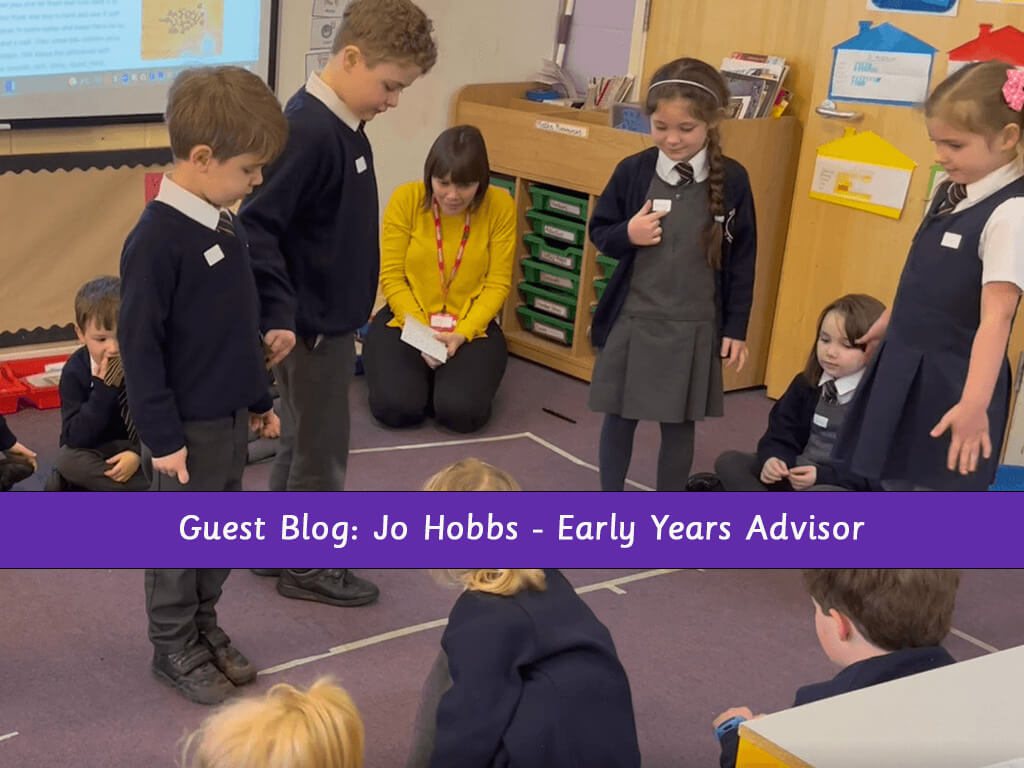
“One teacher, from a school in a deprived area in Buckinghamshire, said Helicopter Stories was the only thing they did across the week that was fully inclusive.”
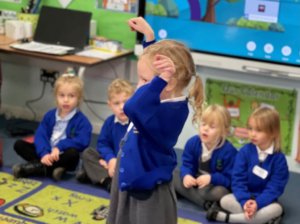
We originally identified Helicopter Stories as a programme that we would like to offer back in 2019. We had started a side-by-side initiative with our Early Years sector to work collaboratively to narrow the achievement gap between vulnerable children and their peers at the end of the Early Years Foundation Stage and Communication and Language was a key focus.
Having previously had training with Trisha Lee, when Helicopter Stories On Demand was developed, so we decided to buy into this programme to further develop our practice and expand the reach of Helicopter Stories across the county.
Helicopter Stories aligns with us as a county because of its focus on communication and language. We were drawn to all its associated benefits in terms of personal, social and emotional development (PSED). The fact that it’s simple to achieve and completely based on good early years pedagogy is a must. So many other approaches or interventions don’t fit with the core values of good Early Years practice, but Helicopter Stories does. That felt very appealing.
Very early on we had some good outcomes in terms of individual children. Those who had been selective mute had spoken for the first time because of the approach. Helicopter Stories felt like something that was embedded in wellbeing, self-esteem and making the children feel good about themselves.
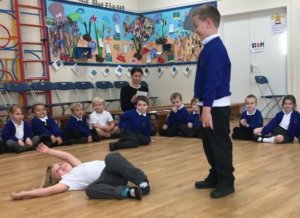
One particular experience that still gives me goosebumps, is how one teacher, from a school in a deprived area in Buckinghamshire, said it was the only thing they did across the week that was fully inclusive. There was nothing else that was timetabled in, that everybody could access at the same level at the same time. For us as a team, that was really powerful in terms of how the approach could benefit our children. Since then, I’ve been totally convinced by the ethos and how accessible it is.
More recently, I visited a school I used to teach in. It’s a mainstream school, but they have an additional resourced provision (ARP) for children with communication and language needs. It was the second week of term in September, and they were working with a complicated and diverse cohort including EAL children and children with additional needs. Yet there they were, with two circles of thirty children, completely integrated and all taking part in Helicopter Stories. That was really powerful. There’s not much you can do in the first couple of weeks, where everybody’s working on the same thing.
Our aim now is for Helicopter Stories to be embedded as part of the regular timetable, to support children in terms of communication, language, PSED and creativity. Our focus is to work with six Helicopter Story Hubs to support them to become centres of excellence. Using these centres, we would like more schools and settings to get on board and develop their work around it. The long-term impact through this wider implementation of the approach is to narrow the achievement gap between vulnerable children and their peers at the end of the EYFS.
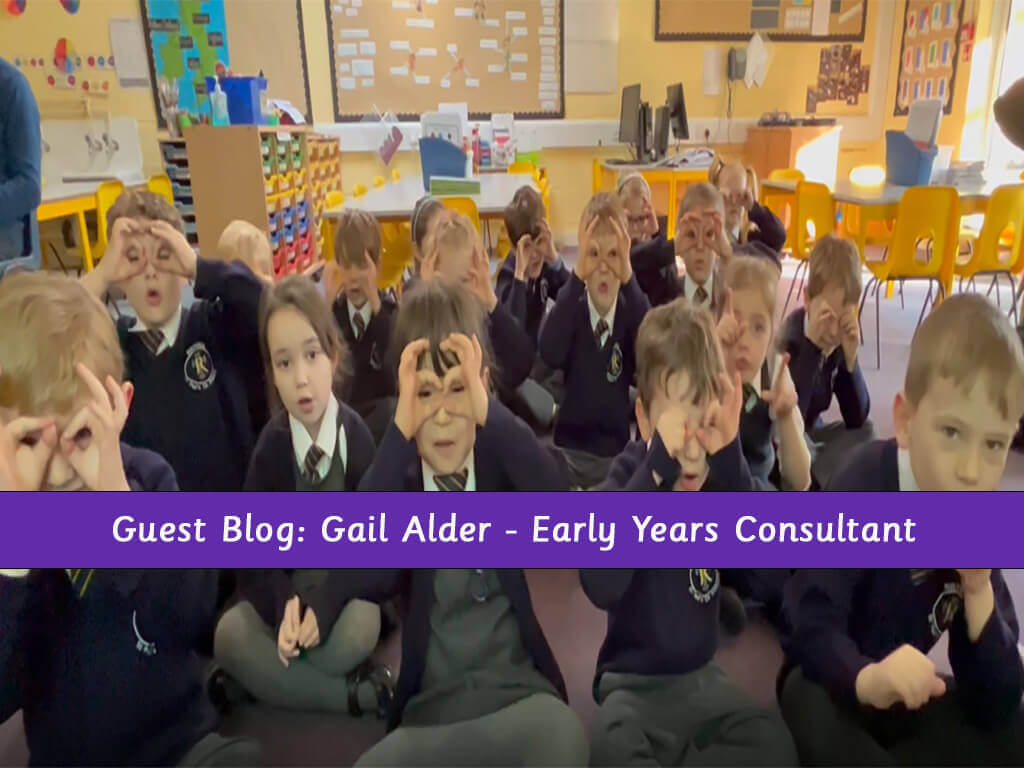
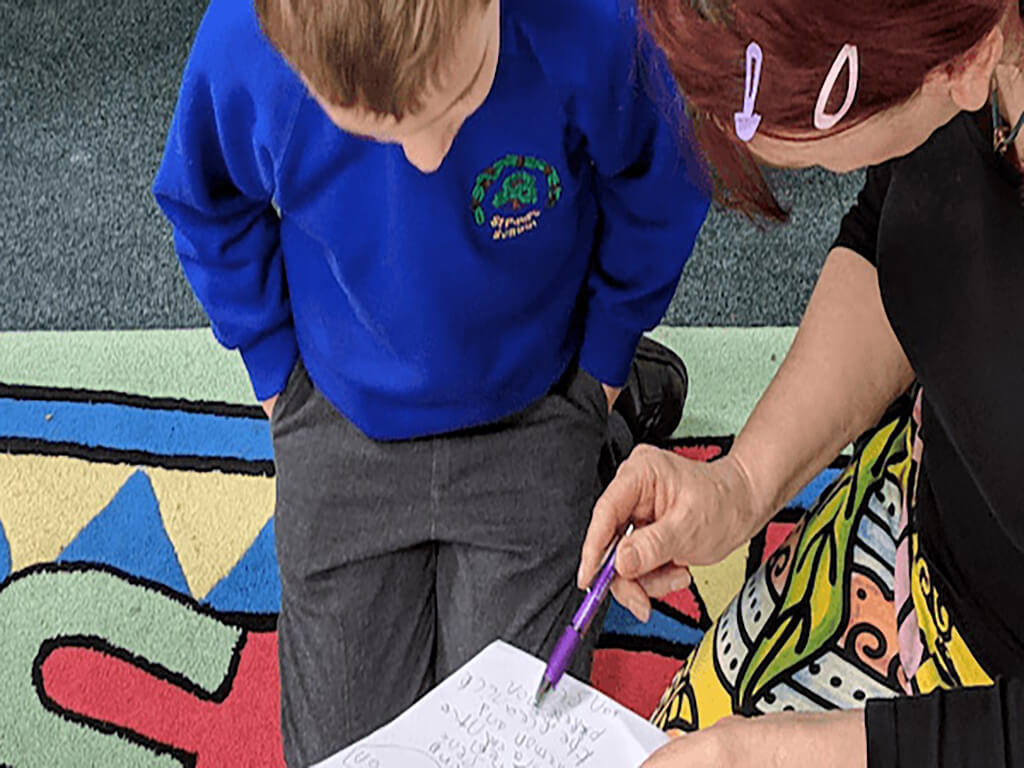
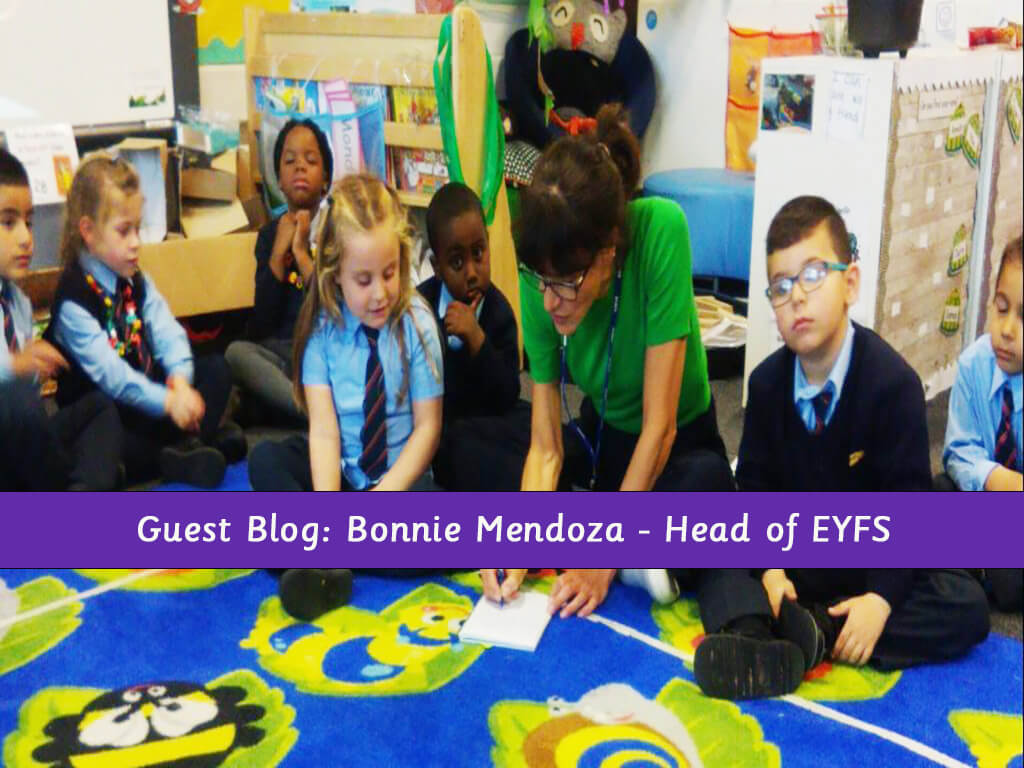
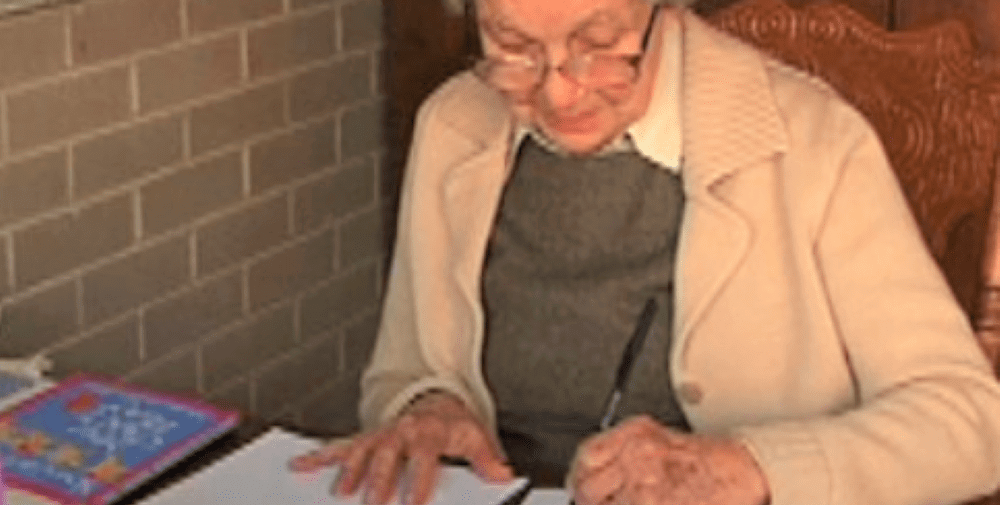
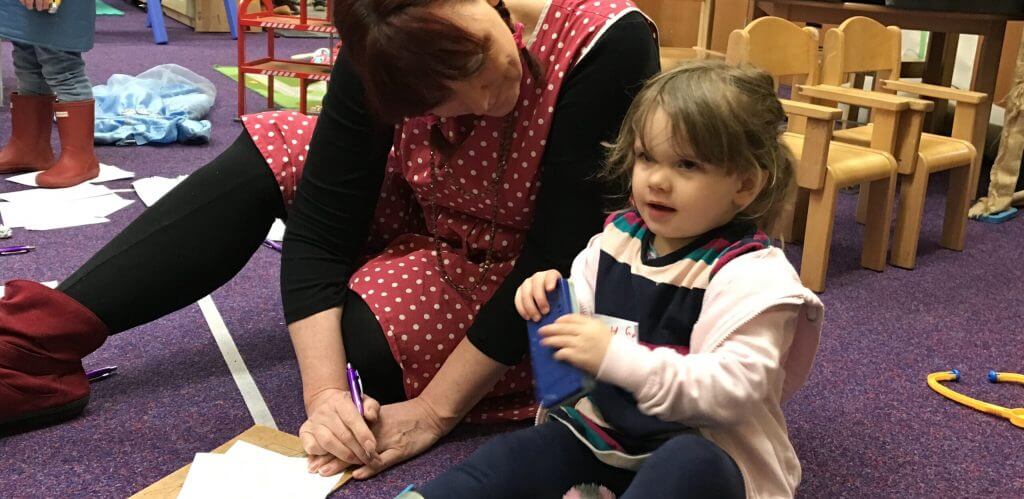
Responses